| The Audi A3 with 4-cylinder 1.9 ltr. and 2.0 ltr. 2-valve TDI engines is equipped exclusively with NGK ceramic glow plugs. |

Note | NGK ceramic glow plugs are colour-coded with a „white seal (on some versions painted over in silver)“ but do not have a chamfered shoulder at the tip. |

Caution | Important: Always observe the special instructions for handling ceramic glow plugs. |
|
| Handling ceramic glow plugs: |

Caution | t
| Due to the special properties of the material used, ceramic glow plugs are easily damaged and require extra care when handling and removing/installing. Always observe the special instructions when removing and installing ceramic glow plugs → Rep. gr.28. |
| t
| Transport and store only in original packaging or packed separately in bubble wrap. |
| t
| Do not remove new ceramic glow plugs from packaging until they are ready to be fitted. |
| t
| Ceramic glow plugs are sensitive to knocks and bending. For this reason, ceramic glow plugs which have been dropped (even from a height of only about 2 cm) must not be installed, even if no damage is apparent (hair-line cracks may not be visible). |
| t
| Always install a new ceramic glow plug if you are not sure the old one is in perfect condition. |
| t
| Damaged glow plugs (e.g. heater pin of the glow plug is damaged) will invariably cause engine damage. |
| t
| If the heater pin of the glow plug is damaged, the fragments must be removed from the combustion chamber before starting the engine for the first time, otherwise this will invariably cause mechanical damage (piston seizure). |
|
| –
| Remove camshaft bearing shells from cylinder head. |

Note | t
| Make sure that the used camshaft bearing shells are not interchanged (note marking). |
| t
| When installing the camshaft, make sure that the retaining lugs on the bearing shells are correctly seated in the bearing caps and the cylinder head. |
| t
| Make sure that the hydraulic bucket tappets are not interchanged; mark allocation on rear with a waterproof felt-tipped pen. |
| –
| Remove bucket tappets out of guides. |
| –
| Place bucket tappets down on a clean surface with contact surface facing downwards in the order in which they were removed. |
|
|
|

 Note
Note Note
Note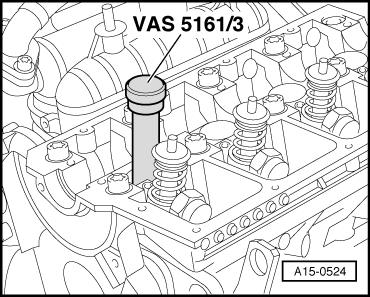
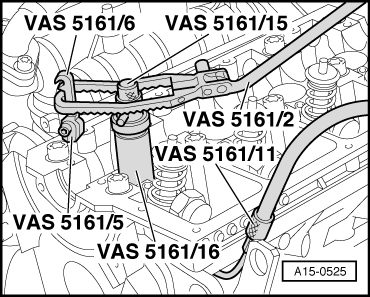
 Note
Note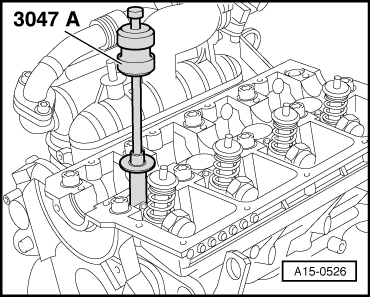
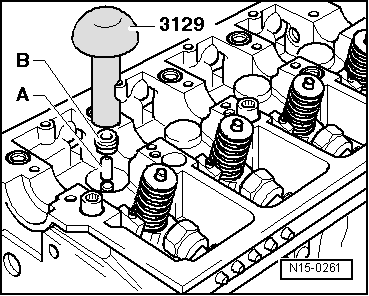
 Note
Note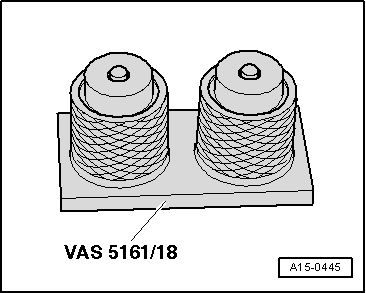
 Note
Note

 Caution
Caution